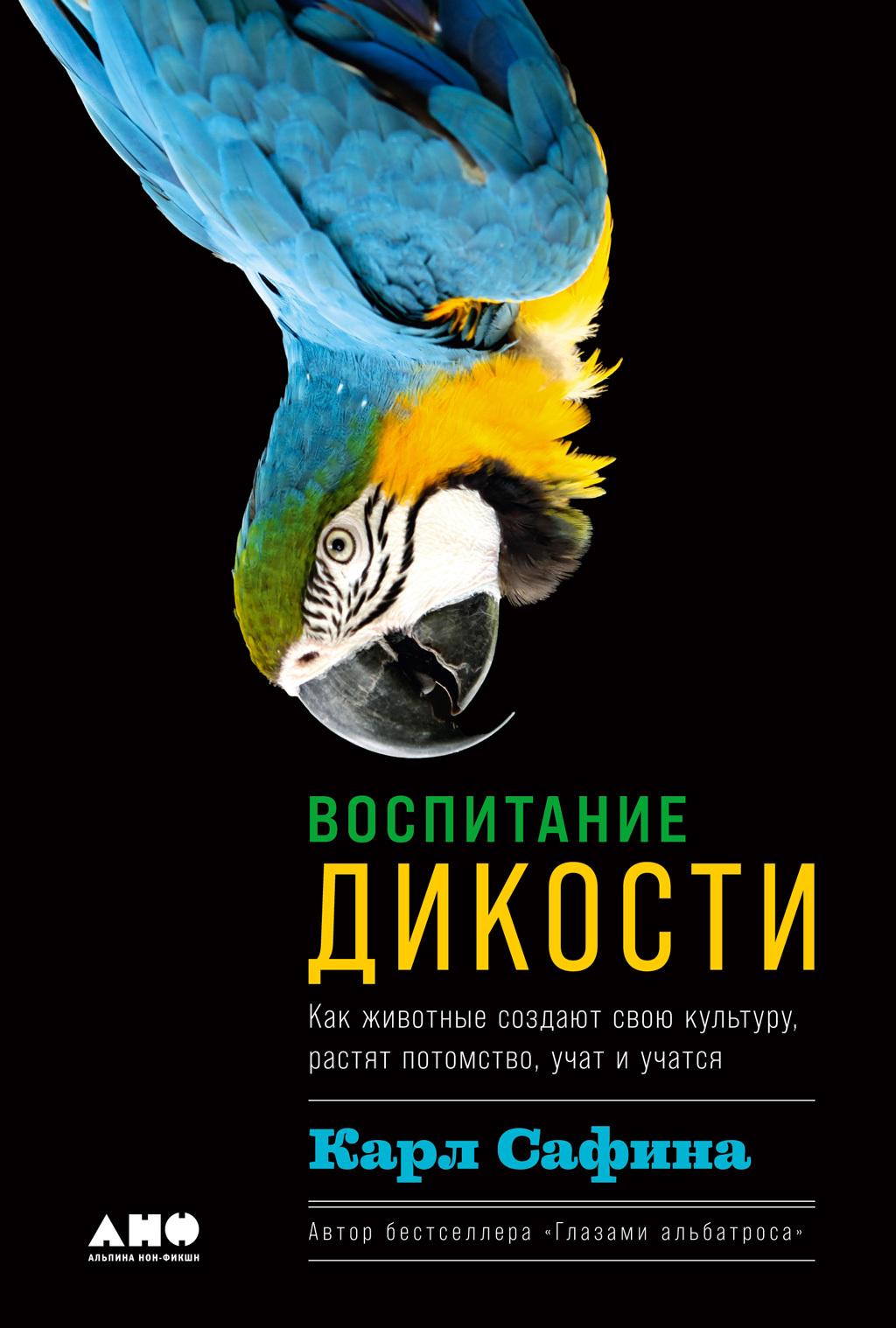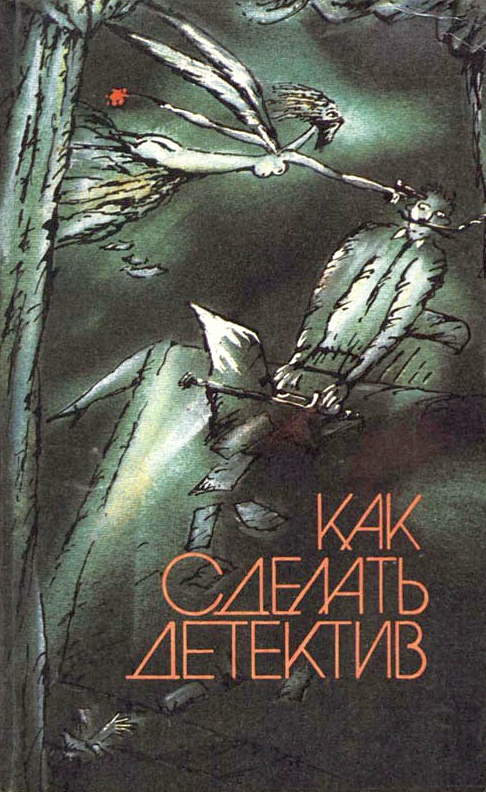Шрифт:
Закладка:
Многие полагают, что культура – это исключительно человеческое явление. Но эта книга рассказывает о культурах, носители которых не являются людьми: это дикие животные, населяющие девственные районы нашей планеты. Карл Сафина доказывает, что кашалоты, попугаи ара или шимпанзе тоже способны осознавать себя как часть сообщества, которое живет своим особым укладом и имеет свои традиции. Сафина доказывает, что и для животных, и для людей культура – это ответ на вечный вопрос: «Кто такие мы?» Культура заставляет отдельных представителей вида почувствовать себя группой. Но культурные группы нередко склонны избегать одна другую, а то и враждовать. Демонстрируя, что эта тенденция одинаково характерна для самых разных животных, Сафина объясняет, почему нам, людям, никак не удается изжить межкультурные конфликты, даже несмотря на то, что различия между нами зачастую не имеют существенной объективной основы.





